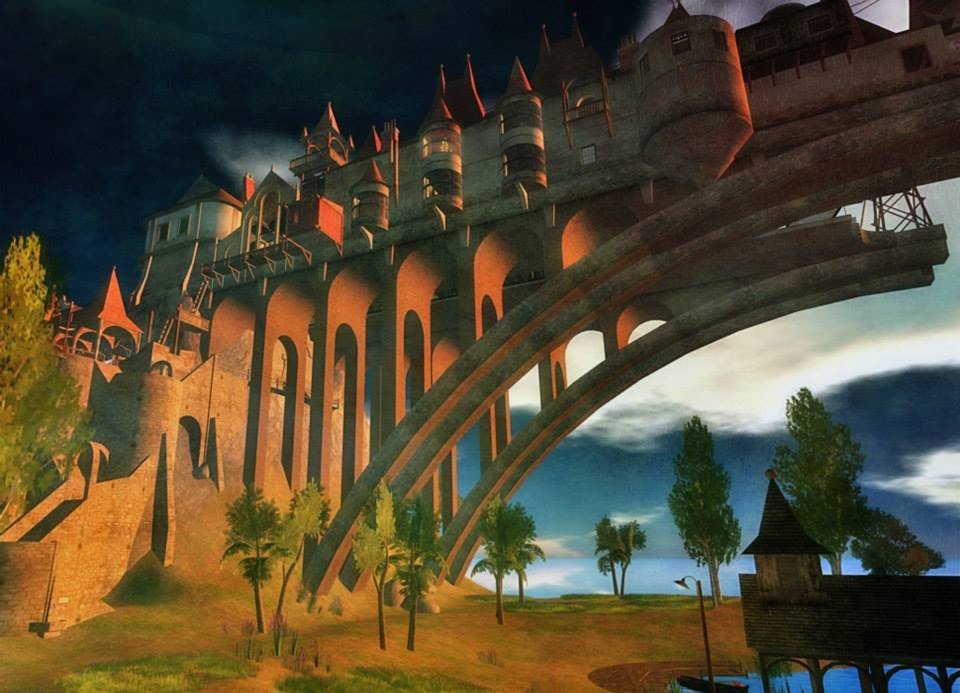
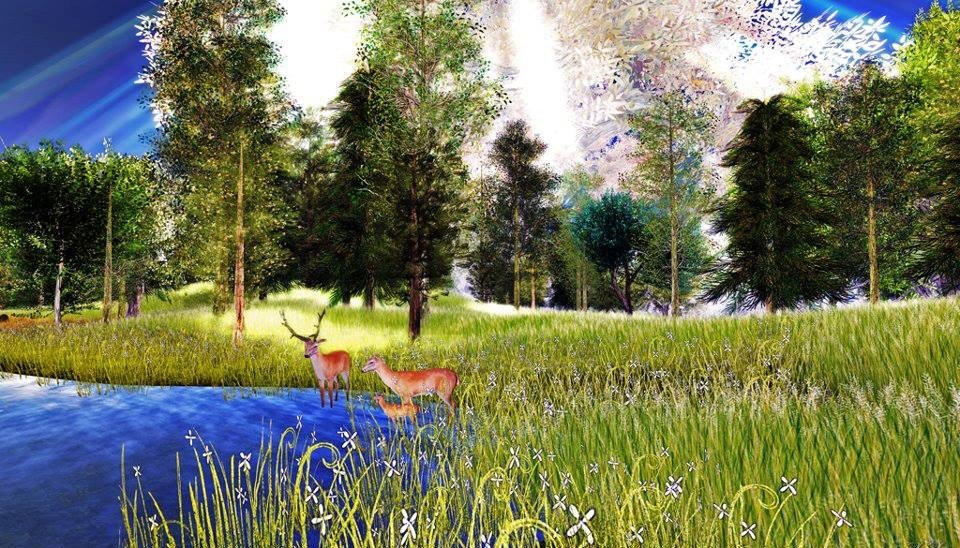

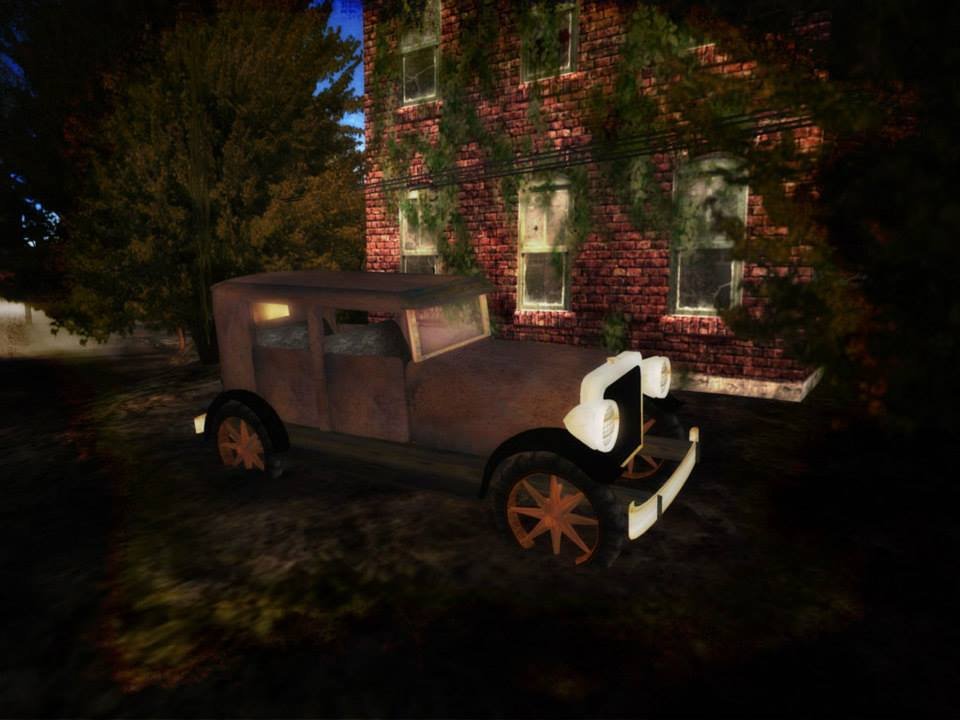
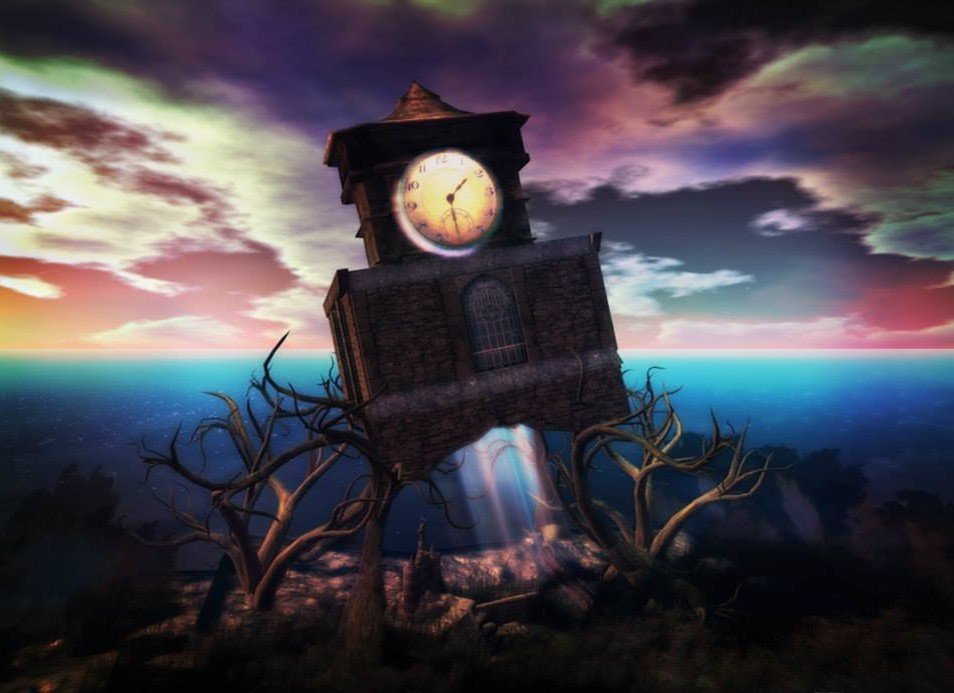


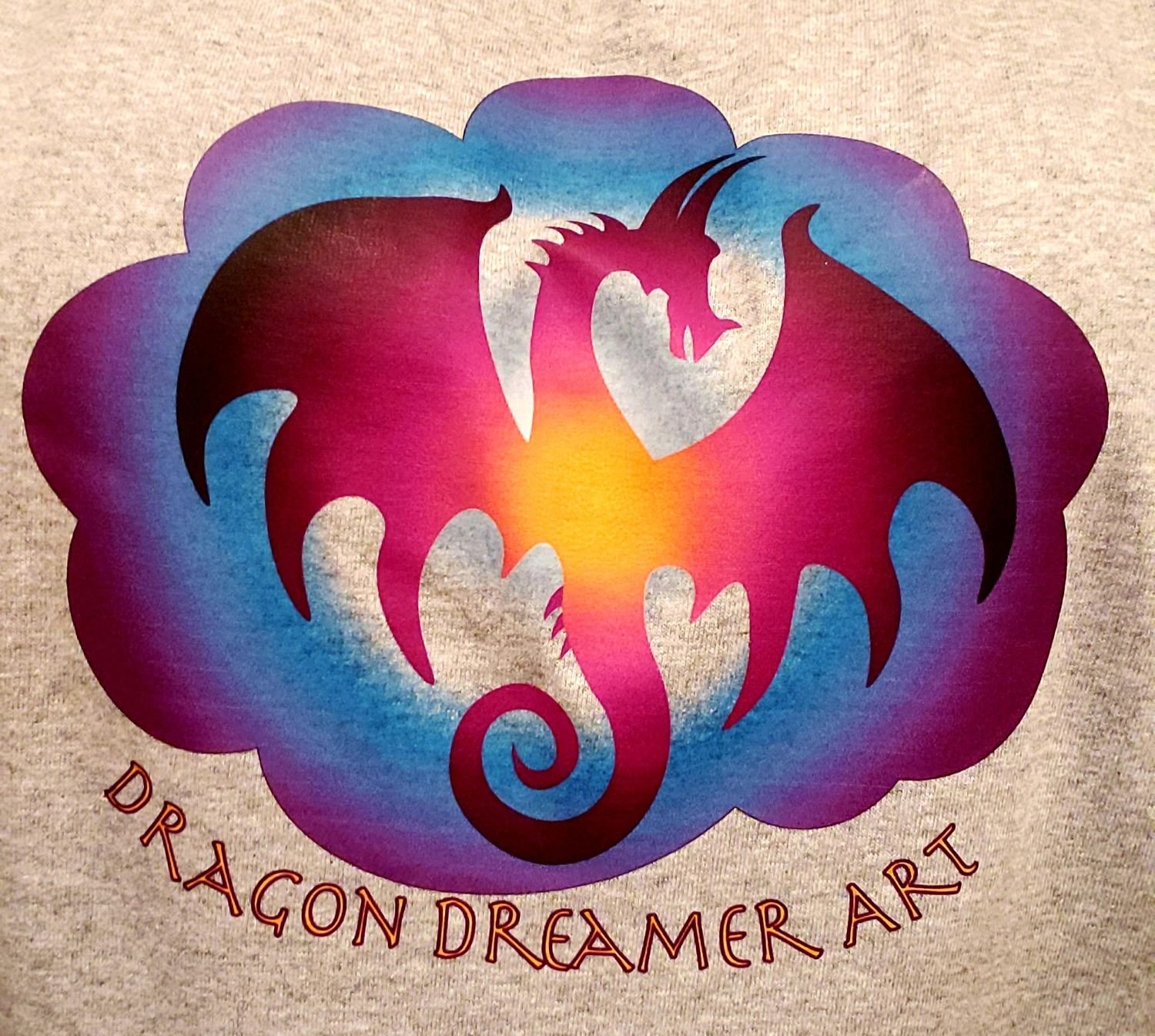


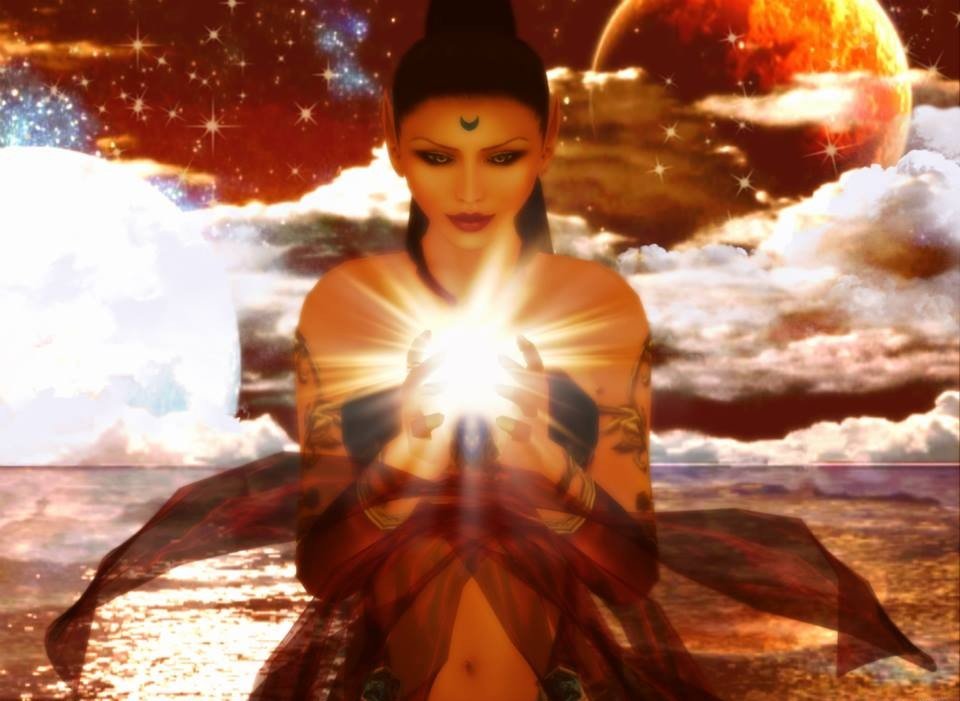


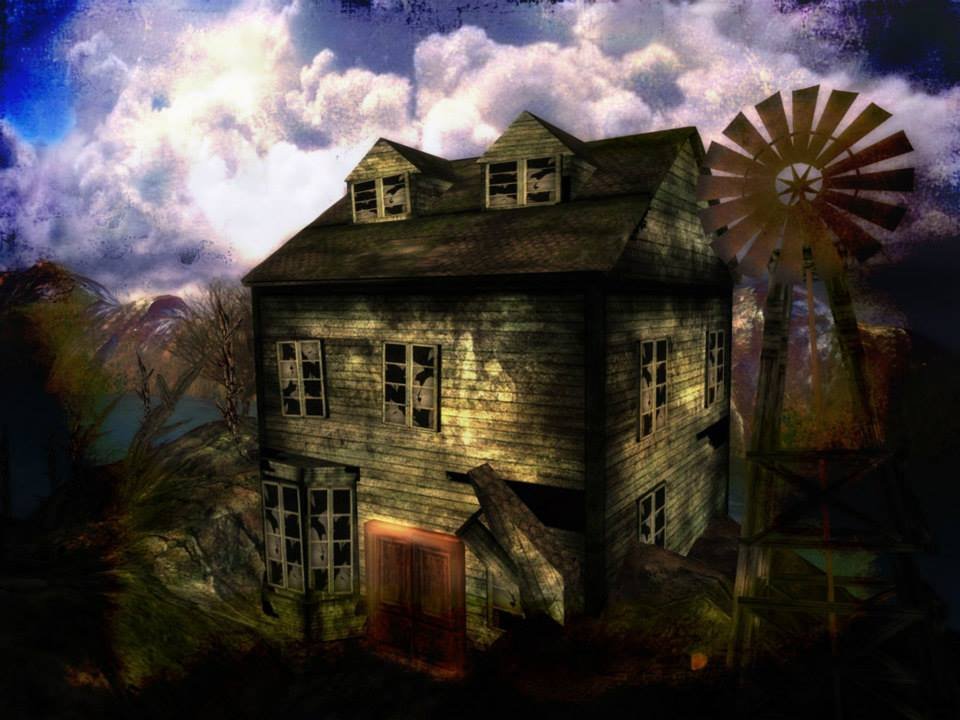
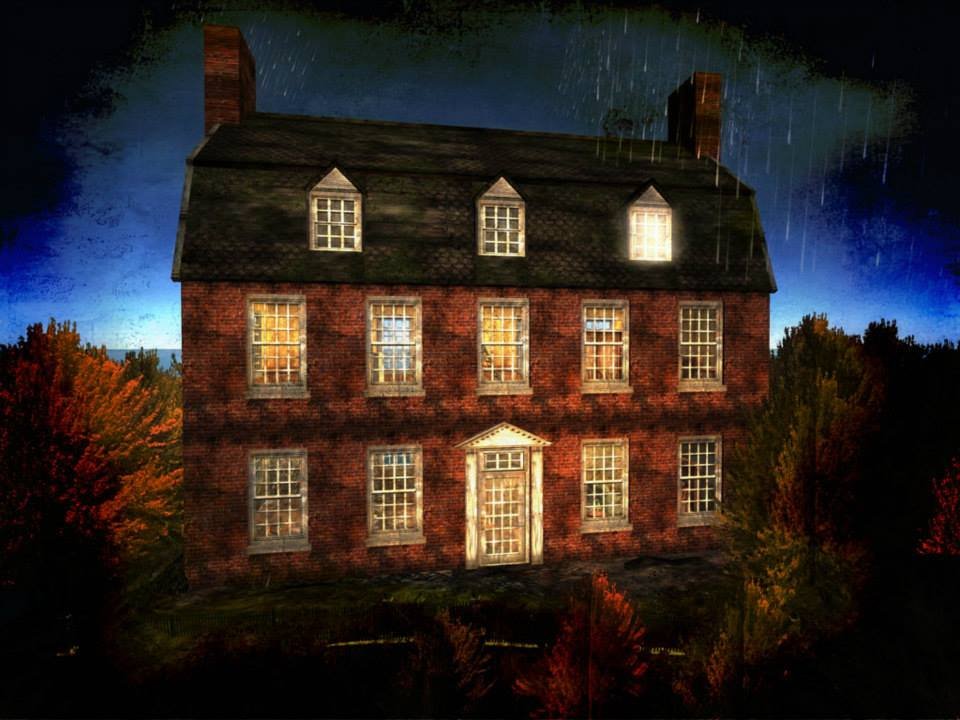
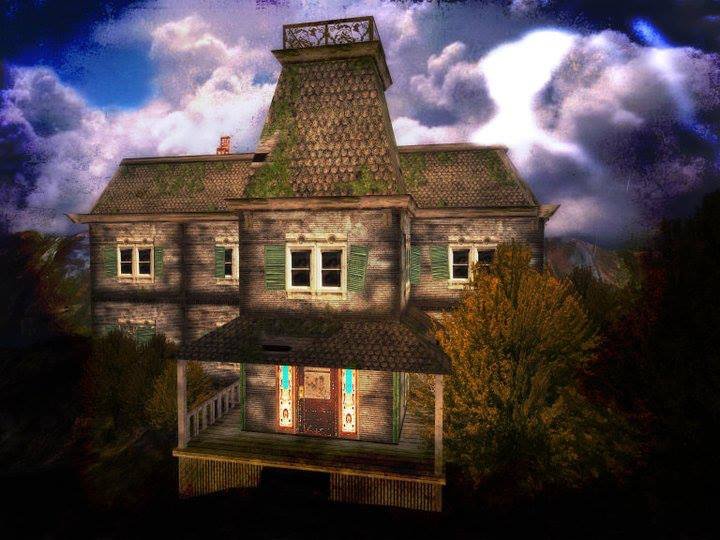
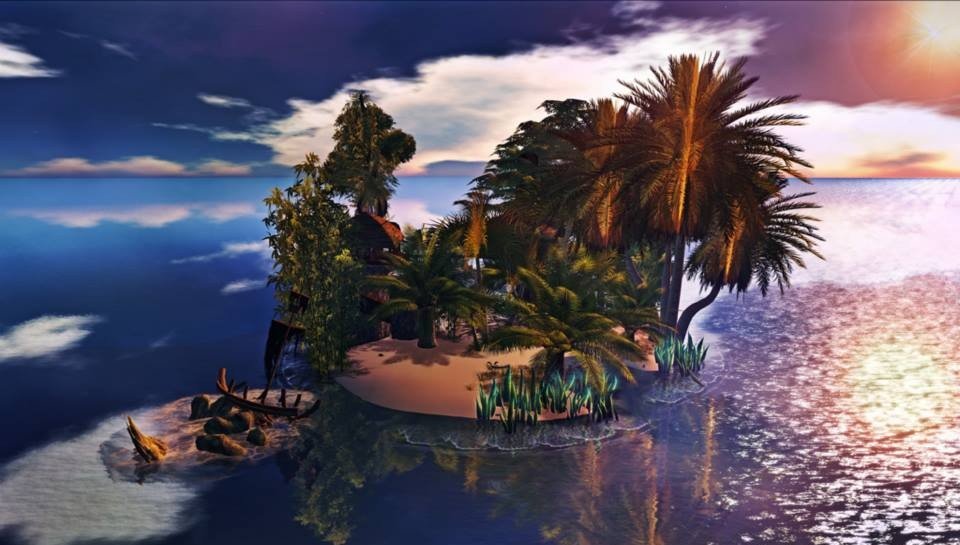
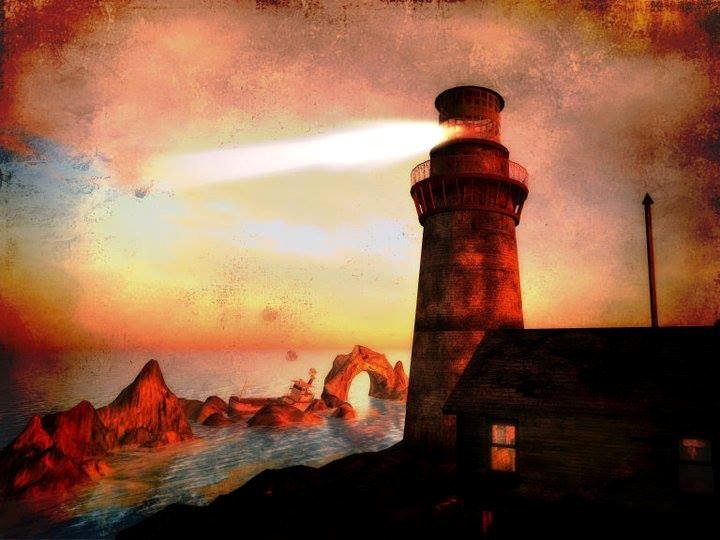


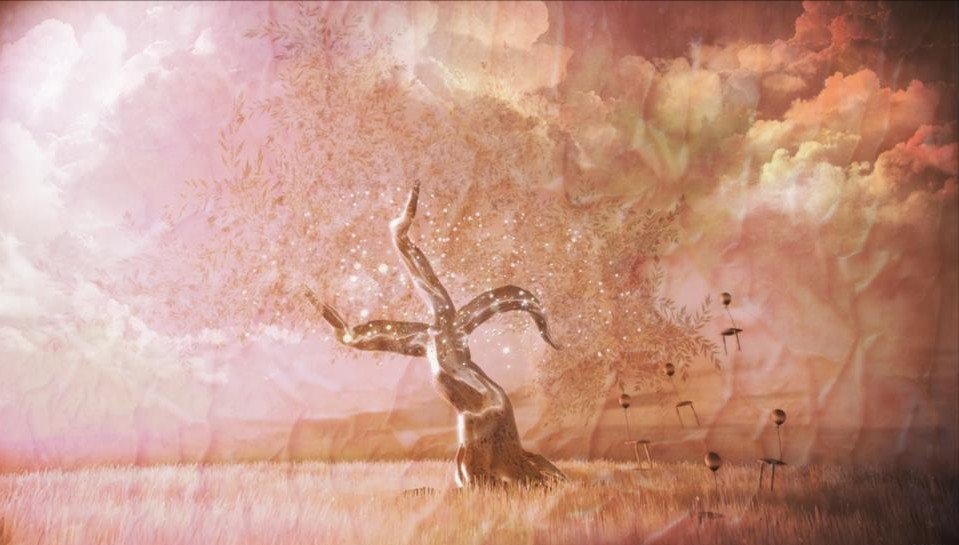

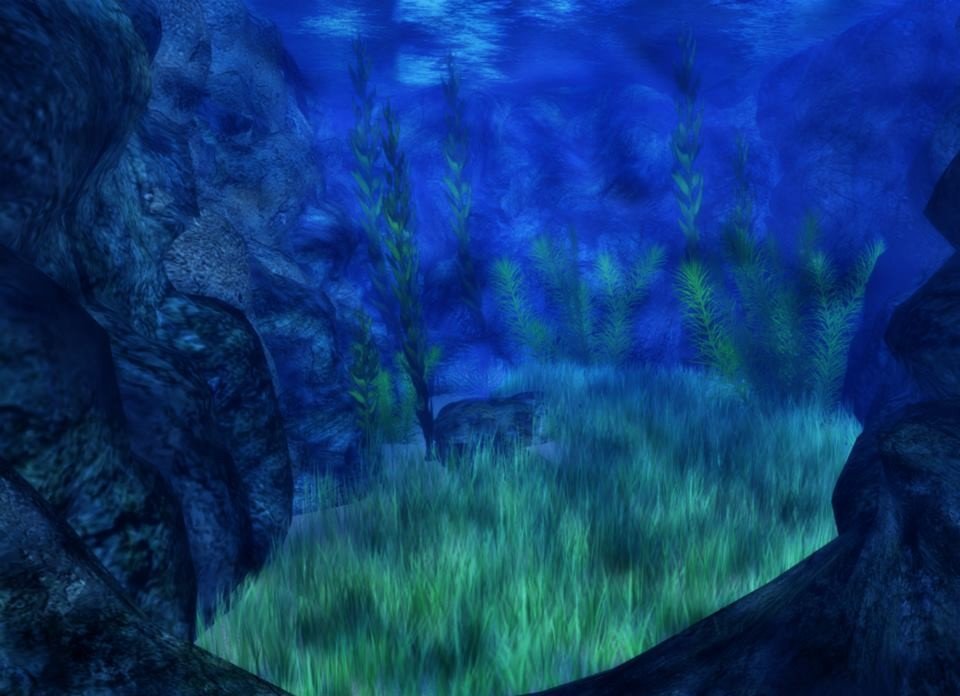
The Art of Digital Creation: Merging Technology and Imagination
Digital art represents the intersection of creativity and technology, where the artist harnesses the power of digital tools to bring imagination to life in new and innovative ways. Through the use of software, digital brushes, and various online platforms, digital artists can create work that is dynamic, versatile, and ever-evolving, pushing the boundaries of traditional art forms while maintaining the spirit of artistic expression.
At its core, digital art is about innovation and experimentation. It allows for an infinite range of possibilities, unlimited layers, seamless blending, and precise control over every detail. Artists can manipulate colors, textures, and forms with precision, making adjustments and revisions in real-time, leading to a fluid and adaptable creative process. The digital canvas invites endless exploration, offering tools that facilitate both traditional techniques and entirely new methods of creation.
One of the most powerful aspects of digital art is its ability to merge multiple mediums. Digital artists can combine painting, photography, illustration, 3D modeling, and even animation into a single work. This fusion of techniques creates complex, multi-dimensional artworks that challenge the viewer to reconsider what art can be. Whether creating fantastical worlds, hyper-realistic portraits, or abstract compositions, digital art allows for boundless expression, where the only limit is the artist’s imagination.
Digital art also opens up new avenues for interaction and distribution. The digital nature of the medium allows for easy sharing, whether through social media, galleries, or online exhibitions. It allows artists to reach a wider audience, transcending physical and geographic limitations, and engage in a global conversation about the evolving nature of art.
At the heart of digital art is the marriage of creativity and technology. It is a realm where tradition and innovation coexist, where artists can create with precision while pushing the limits of what is possible. Through digital tools, the artist explores new ways to represent the world around them, adding depth, movement, and interactivity in ways that were once unimaginable.
Ultimately, digital art is a celebration of the future of artistic expression, where technology is used not to replace, but to enhance and expand the possibilities of visual storytelling. It’s an exciting and ever-evolving medium, one that continues to redefine the boundaries of art.